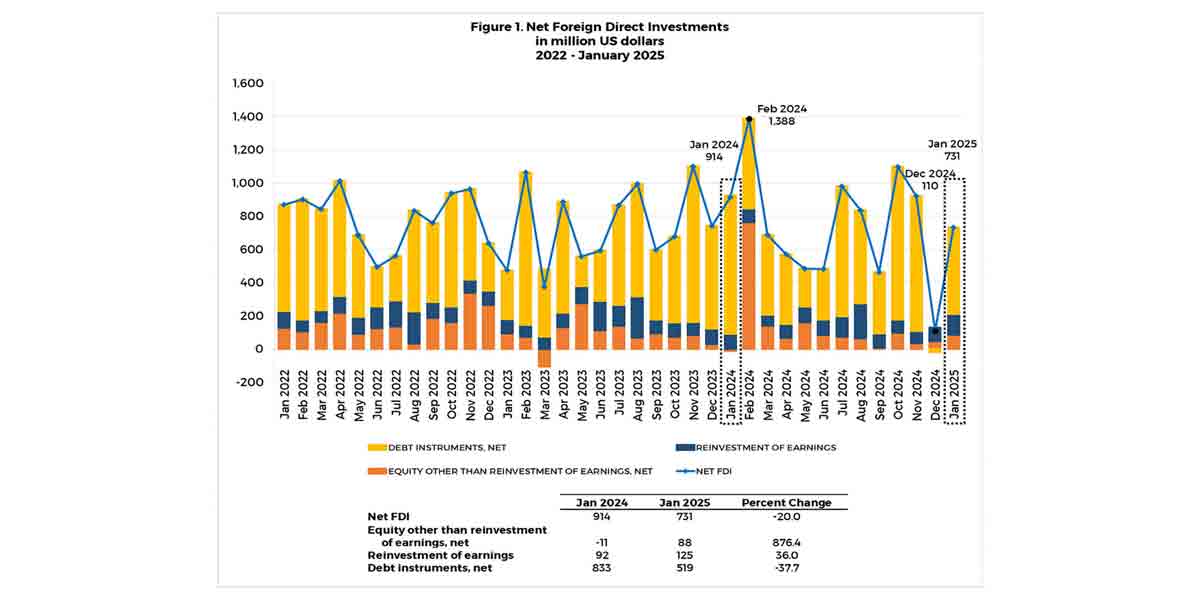By George True II
Today, we begin a new series on unusual diseases that affect millions of people worldwide. Because of the Christmas season, it’s only fitting to start our series with this strange ailment.
It’s not something you get only at Christmas and you won’t catch it when the weather is cold either. But for a lot of people, Christmas disease or hemophilia B (also called factor IX hemophilia) is something that can make the days less merry and bright.
Globally, over a million people have hemophilia, according to Dr. Alfonso Iorio of McMaster University, Hamilton, Ontario, in a study published in Annals of Internal Medicine. Of this number, 17 out of 100,000 men have hemophilia A, while 3 out of 100,000 males have the second most common type, hemophilia B.
In this rare genetic disorder, blood doesn’t clot properly because it has little or no factor IX, one of 13 clotting factors in the blood. This blood protein is needed so that blood can seal a wound to stop bleeding.
Prolonged bleeding
Because of the lack or absence of this protein, people with Christmas disease suffer from prolonged or spontaneous bleeding. Patients don’t bleed faster but bleed longer. In severe cases, they can die without treatment.
The less factor IX the body produces, the worse the condition is. The US National Organization for Rare Disorders said that, in most cases, people are born with Christmas disease, but in two-thirds of patients, the disease is inherited. In others, hemophilia B is caused by gene mutations that occur for no apparent reason. More men than women are affected.
Christmas disease was first identified in 1952 and named after its first patient, Stephen Christmas. His case was first reported in the Christmas edition of the British Medical Journal.
The man behind Christmas disease
Stephen was born in London in 1947. He was the son of film and television actor Eric Cuthbert Christmas, best known for his role as the principal in the comedy films, Porky’s (1981), Porky’s II: The Next Day (1983), and Porky’s Revenge (1985).
At the age of 2, Stephen was in Toronto, Ontario, Canada, with his family when he was diagnosed with the disease at the Hospital for Sick Children. After returning to London in 1952 to visit relatives, he was admitted to a hospital.
A sample of his blood was sent to the Oxford Haemophilia Centre where it was discovered that Stephen didn’t lack factor VIII (which normally happens in classic hemophilia), but a different protein. This was named “Christmas factor” in his honor and later called factor IX.
Hemophilia B: A royal disease
Hemophilia B is also known as the “royal disease” because it affected the royal families of Germany, Spain, and Russia through the descendants of Queen Victoria of England.
The disease can be mild, moderate, or severe depending on how much factor IX a person has. In mild cases, bleeding may occur only after surgery, injury, or a dental procedure. In some moderate and in most severe cases, bleeding may occur after a minor injury or without any known cause. The latter is known as spontaneous bleeding and can occur in the brain, intestines, kidneys, stomach, and intestines.
Symptoms of Christmas disease
People may be unaware of the disease until they have an injury or undergo surgery. In mild cases, the first bleeding episode happens in adulthood, but most people with moderate hemophilia are diagnosed at age 5 or 6. Aside from easy bruising and bleeding, other symptoms of Christmas disease are
- Bleeding from a cut or injury that doesn’t stop
- Blood in the urine (hematuria) or stool (melena)
- Large bruises
- Lots of blood loss from small cuts
- Muscle or joint pain, especially with movement
- Nosebleeds
- Severe bleeding in the moth from biting down, or after tooth removal.
Bleeding in the brain can occur from a small bump in the head. See a doctor immediately if you notice these symptoms:
- Headache
- Neck pain and stiffness
- Sleepiness
- Sudden weakness or problems walking
- Vomiting
Doctors said 3% of patients develop hemophilia B Leyden, an unusual form of factor IX deficiency named after the place in the Netherlands where it was first described. People with this disease have undetectable levels of factor IX early in life that increase over time.
No cure for hemophilia B
There is no cure for hemophilia B, but you can live an active life with replacement therapy. Patients are injected in the veins with clotting factor concentrates made from human blood or in a lab. In severe cases, regular injections are required. The rest receive treatment only when bleeding starts. This can be done in a clinic or at home.
And what about Stephen, the first patient diagnosed with Christmas disease? He studied photography in Toronto and later worked as a cab driver and medical photographer at the Hospital for Sick Children. To survive, he got regular blood and plasma transfusions which eventually made him a victim of HIV since blood was not routinely screened for the virus at that time.
Still, Stephen became an active worker for the Canadian Hemophilia Society and campaigned for transfusion safety. He died of AIDS in 1993 at the age of 73. (Are vampires real or are they sick people? Find out on Wednesday when we talk about vampire disease. Don’t miss it!)
For questions, email [email protected].



















